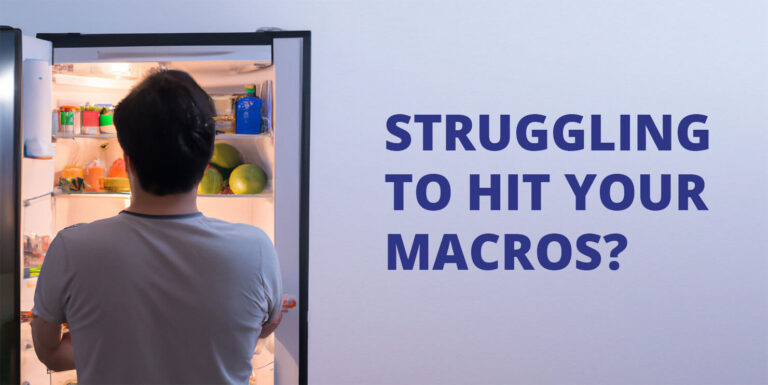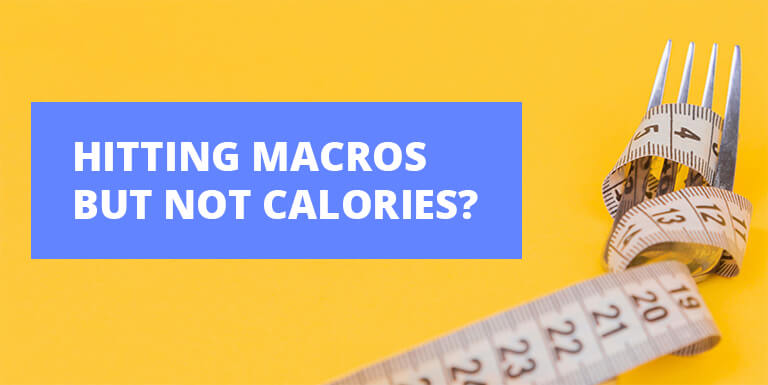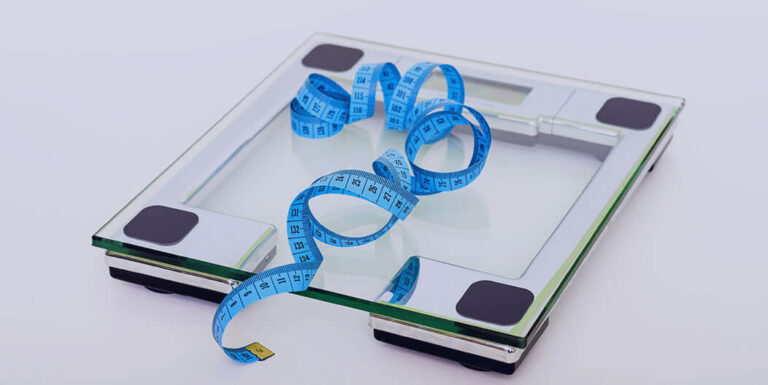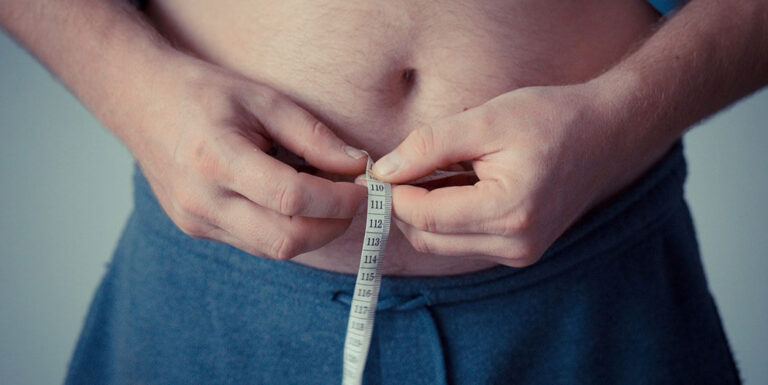Clean Bulk vs Dirty Bulk – Which One is Best to Gain Muscle?
When it comes to gaining muscle, there are two main schools of thought: the clean bulk and the dirty bulk. Both have their pros and cons, so which one is right for you?
While there isn’t a right or wrong answer, there are some things you should know about each bulking approach.
In this article, we will discuss the differences between clean bulk and dirty bulk, provide examples of clean bulking vs dirty bulking, look at what studies have to say and finalize everything with the advantages and disadvantages of both approaches.
I hope that by the end of the article you will be able to decide for yourself which one might be the best for you if your goal is muscle gain!
In this article you will learn:
- What is Bulking?
- What is Dirty Bulking?
- What is Clean Bulking?
- Clean Bulk vs Dirty Bulking: Which Is Better?
What is Bulking?
Before we discuss clean bulking and dirty bulking, it’s important to first understand what bulking is.
Bulking is the process of gradually adding mass to your body by eating more calories than you burn. When done correctly, this will lead to muscle gain as well as a decrease in body fat levels.
There are two main approaches to bulking: clean bulking and dirty bulking.
Let’s look at each one in more detail.
What is Dirty Bulking?
Dirty bulking refers to the practice of purposefully overeating in order to gain body weight as quickly as possible. This type of bulk often results in significant increases in muscle mass and body fat.
Dirty bulking is often seen as a shortcut to gaining muscle mass quickly. The dirty bulk approach relies heavily on consuming high-calorie foods, for example, fast food that does not take time to prepare and eat but don’t provide much nutrition.
Dirty Bulking Foods (Examples)
Some examples of typical dirty bulking foods are:
- Junk food
- Processed meats
- Sugary and savoury snacks
- Baked goods
- Soda and other sugary drinks
- Alcoholic beverages
- Etc.
Dirty Bulking Meal Plan (Example)
A regular dirty bulking meal plan could look like this.
Breakfast:
- A large bowl of sugary cereal with whole milk
- Two slices of buttered toast and marmalade
Lunch:
- Two cheeseburgers, french fries, ketchup
- Sugary soda
- Giant milkshake
Snacks:
- Pizza (three pieces)
- A pack of potato chips
Dinner:
- A huge plateful of spaghetti bolognese
- Cupcakes (six) for dessert
- Glass or two of cheap beer to wash it down
Healthy? – No! Bulking? – Yes!
NOTE
This dirty bulk meal plan is not recommended by me given how unhealthy it is!
What is Clean Bulking?
On the other hand, clean bulking, also known as lean bulking, refers to a much more slow process of building muscle by eating at a small calorie surplus above maintenance calories and consuming clean food (usually with higher protein content) while still allowing for some food variation throughout the week.
This type of bulk generally results in a slow gain of clean lean muscle without much excess body fat and is often seen as the healthier way to gain muscle compared with dirty bulking.
Recommended Reading: How Much Weight Should You Gain Per Week When Bulking?
Clean Bulking Foods (Examples)
Some examples of a typical clean bulking grocery list would consist of foods such as:
- Lean meat (e.g., white meat chicken and turkey)
- Whole grains (e.g., brown rice and whole-wheat pasta)
- Nuts, seeds, and legumes
- Fruits and vegetables
- Etc.
Clean Bulking Meal Plan (Example)
Here is an example of a clean bulking meal plan.
Breakfast:
- Oatmeal mixed with chia seeds served with berries
- Protein shake
Lunch:
- Whole-wheat pita sandwich filled with chicken breast with chopped cucumbers, tomatoes, carrots
- Green salad with olive oil and balsamic vinegar dressing
Snacks:
- Greek yoghurt with fruit
- A handful of nuts or seeds
Dinner:
- Whole-wheat spaghetti with tomato sauce made from fresh diced tomatoes and basil leaves served with grilled salmon
- Steamed vegetables seasoned with garlic and onion powder
- A glass of red wine to finish off the day
Healthy? – Yes! Bulking? – Yes!
Here is a table summarizing the main differences between clean bulking and dirty bulking approaches.
| Clean Bulking | Dirty Bulking | |
|---|---|---|
| Caloric surplus | Small | Large |
| Types of food | Healthy, minimally processed | Everything |
| Variety of food | Medium | Large |
| Level of convenience | Medium | High |
Clean Bulk vs Dirty Bulking: Which One Is Better?
Now you know how both clean and dirty bulking approaches look like.
Next, let’s explore which of the two diet approaches is best when it comes to gaining muscle mass and summarize the advantages and disadvantages of both.
If your goal is to build muscle and you are looking to choose the best dieting approach for that goal, here are some things worth considering:
- Rate muscle growth
- Potential body fat gain
- Overall muscle retention
- Effect on overall health
Rate Muscle Growth
Studies show that diets with higher excess energy intake often leads to increased muscle gain but also a significant amount of weight gain from body fat.
However, research shows that it might be the opposite for individuals during the early stages of training when you are prone to more progress in building lean muscle mass.
Furthermore, protein intake is another important aspect to consider. A protein-rich diet is important for gaining lean muscle mass.
Protein provides the building blocks your body needs to create new muscle tissue. In addition, studies show that sufficient protein intake can also help in preventing fat gain.
Potential Body Fat Gain
As we mentioned before, higher excess energy intake often leads to increased weight gain faster but research confirms that it also results in a significant amount of weight gain from body fat.
Although, it’s proven that once individual protein needs are satisfied, the overall energy intake has the most influence on your body composition. This means that it’s not worth consuming having more than around 25% of the total caloric intake come from protein.
Overall Muscle Retention
Eventually, you will stop bulking and would like to transition into a fat loss phase to lose some body fat that you will inevitably put on, regardless of your bulking approach.
When you start cutting and restricting your calorie intake, your body is more likely to break down muscle tissue in order to meet its energy needs.
This is why it’s best to take a measured and methodical approach while bulking in order to reduce the potential of excess fat gain. With less time having to spend less time cutting the more likely you are to keep the muscle mass that you gained.
Effect On Overall Health
As showcased before, a dirty bulking diet consists of genetically processed food which can negatively affect overall health.
That’s why health and longevity are important for you it’s best to follow a clean bulking approach and focus on eating whole healthy food. This can help not only gain muscle but also boost energy levels and improve health and longevity.
Summing it all up, here are the advantages and disadvantages of dirty bulking.
Advantages of Dirty Bulk:
- Quicker approach to build muscle mass
- Less potential fat gain for untrained individuals
- Doesn’t require much nutrition and meal prep knowledge
- There is less focus on counting calories or macros
- Higher variety of foods
Disadvantages of Dirty Bulk:
- Higher potential for body fat gain
- You might feel bloated and sluggish
- It will take longer to lose excess body fat later on
- Harder to retain muscle mass due to having to diet for longer
- Consumption of highly processed could lead to health problems in the long run
And the advantages and disadvantages of clean bulking are summarized below.
Advantages of Clean Bulk:
- Less potential fat gain
- Better overall muscle retention
- An overall healthier approach to building lean muscle mass
- More likely to feel good and have more energy throughout the day
Disadvantages of Clean Bulk:
- Muscle gains may come at a slower pace
- Requires more patience, harder to stay committed over time
- Requires more time for meal preparation and planning
- Can be difficult to consume the required number of extra calories from “clean foods” for individuals with a low level of appetite
- More restricted in food choices
Final Thought
So which is better for you – lean bulk or dirty bulk?
I hope that this article answered this question.
As I discussed in this article, it depends on your goals and preferences.
In conclusion, muscle retention and body fat are key factors to consider when deciding whether or not to dirty bulk. If you’re after building more muscle mass and have been training consistently over the past years, then going with a clean bulk might be best as long as your goal is to build muscle mass on an ongoing basis while having muscle definition.
However, if you are an untrained athlete with a relatively low level of body fat looking to build muscle quickly and don’t mind putting up with some extra body fat during this process, then following a dirty bulking approach may be better for you.





